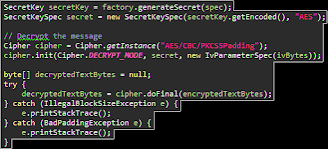Work Has Been Crazy
To all the teachers out there who have to keep smiling while also having anything else in their life demand their attention, I SALUTE YOU! We've been having intermittent server woes since Tuesday morning at my j-o-b, but my wife has kindly pointed out we can't do new topics every day, so we've been reviewing things this week that we went over last week: primitives, flow control, basic objects, arrays and collections.
Today We Cover String Manipulation
In her example code, she has been using file names that have reusable folders leading up to their location (to represent sound files in her game). After a quick lesson in String manipulation, she will be able to simplify all those paths using a variable to cover the destination path. She is also going to extend her randomized Fight class to choose names of Hero objects from a pool, emulating a gladiator-style tournament.
I'm debating giving her a pop quiz tomorrow. I love my kid, but I feel like she needs to visually see an indicator of her progress. The good news is, I have been quizzing her verbally since the day we started and I know it's clicking. I also installed Eclipse and have started letting her use an IDE to simplify code execution during our lessons. I still require her to prove she remembers how to compile from the command-line, but being able to modify code and click "run" helps us cover a lot more ground in an hour.
[NEW] Open-Source Library of the Week: JLayer
I have decided to introduce one new library a week for her to get an idea of what is out there, how it is packaged up, and how to search for things you might need.
| Name |
Category |
License |
Description |
|---|
| JLayer | Audio | LGPL | mp3 decoder/player/converter |
<dependency>
<groupId>javazoom</groupId>
<artifactId>jlayer</artifactId>
<version>1.0.1</version>
</dependency>
JLayer bypasses all the painful parts of Java audio (ridiculous MP3 woes, frame rates, cpu glitches, etc.), allowing you to simply create sound objects and play them. There are no blood sacrifices required, no pro services sound engineers on-hold. It just works the way you expect everything in life to work (but that usually doesn't). It works like it says: simply.
Be advised: JLayer uses a reciprocal license (LGPL). For clear explanation of what using this type of OSS license requires of you, please go to
opensource.org.





